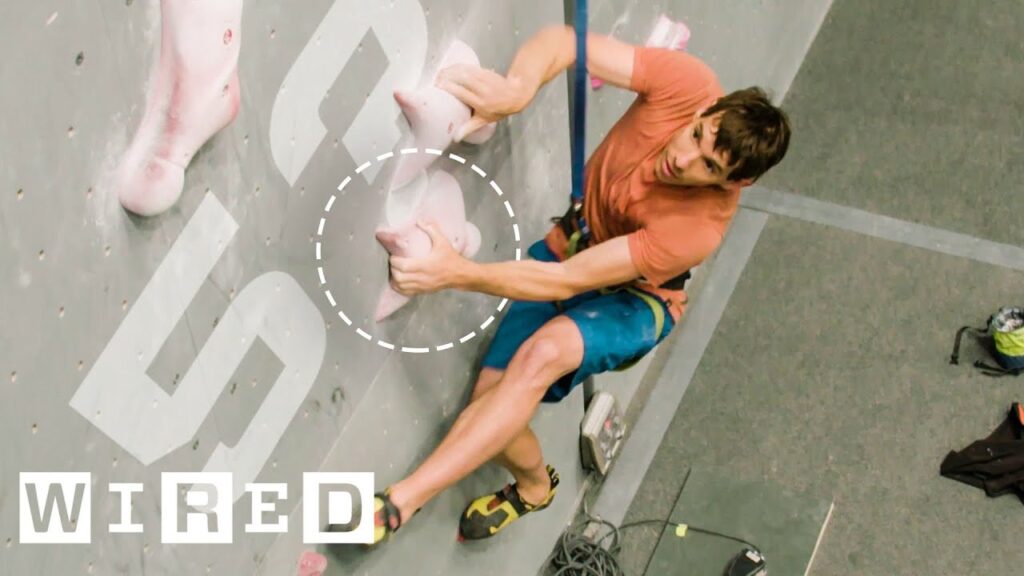The Use of Drones and Robots in the Military
Summary
In this article, we explore the use of drones and robots in the military, particularly in landing fighter jets on aircraft carriers. We speak with experts in the field, including an MIT professor who has flown fighter jets and a former naval pilot who witnessed the increasing automation of landing on aircraft carriers. We also discuss the potential for automation to improve safety on aircraft carriers and the use of unmanned aerial vehicles in cargo and commercial aircraft. Additionally, we touch on the topic of autonomous vehicles in agriculture and their potential to address labor shortages.
Table of Contents
- The Problems Drones and Robots Can Solve in the Military
- Automation in Landing Fighter Jets on Aircraft Carriers
- The Potential for Unmanned Aerial Vehicles in Cargo and Commercial Aircraft
- Autonomous Vehicles in Agriculture
The Problems Drones and Robots Can Solve in the Military
The military has been exploring the use of drones and robots for various tasks, including surveillance and reconnaissance. However, they can also be used for more dangerous tasks, such as landing fighter jets on aircraft carriers. Missy Cummings, an MIT professor who has flown fighter jets, sees the problems that can be avoided with the use of robotics. The dangers of working on aircraft carriers are numerous, including accidents caused by human error. Automation can make the process safer and more efficient.
Automation in Landing Fighter Jets on Aircraft Carriers
A former naval pilot who flew A-4 Skyhawks and F-18s witnessed the increasing automation of landing on aircraft carriers. He realized that computers were better than pilots at landing and doing missions, leading to the decline of the fighter pilot. The challenge of moving in a small space, such as an aircraft carrier deck, could be solved with automation, which would make it safer and more efficient. MIT is conducting research on digitizing the aircraft carrier deck and using motion capture to allow humans to collaborate with algorithms to improve aircraft parking and stacking.
The Potential for Unmanned Aerial Vehicles in Cargo and Commercial Aircraft
The use of unmanned aerial vehicles (UAVs) in cargo and commercial aircraft is a possibility for the future. However, regulatory issues may prevent this from happening in the US first. The speaker also notes that a human presence will always be necessary to deal with unruly passengers.
Autonomous Vehicles in Agriculture
The farming industry is facing a shortage of manpower, and robotic technology can help address this issue. John Deere’s robotic tractor can perform tasks such as crop spraying. Autonomous vehicles in agriculture have the potential to increase productivity and efficiency while reducing labor costs.
Conclusion
Drones and robots have the potential to revolutionize the military and other industries. Automation can improve safety, efficiency, and productivity while reducing labor costs. However, regulatory issues and the need for human supervision in uncertain situations must be considered. The future of flight may involve pilots monitoring highly automated systems, but the need for human intervention in certain situations will always be present.







